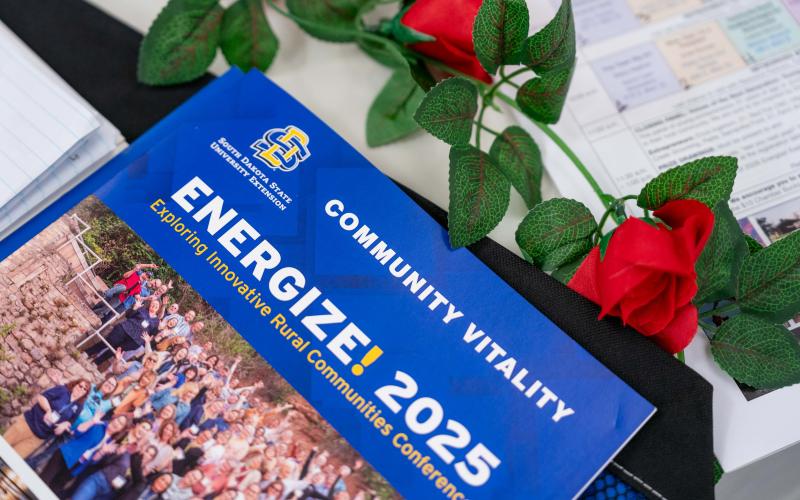
Writing your first grant can be daunting and downright scary. Depending on the size of the grant and the grant application it can make the best of us quake in our boots! With one positive award letter we can create a virtuous cycle of grant writing.
A virtuous cycle, perhaps less well known than its counterpart, a vicious cycle, is a positive feedback loop or a chain of beneficial events where once success leads to another. In the context of grant writing, a virtuous cycle refers to the self-reinforcing process where successful grant applications lead to well-implemented projects, which in turn build credibility and capacity for future funding. As organizations gain experience and demonstrate impact, they become more competitive for future grants, creating a loop of continuous improvement and resource acquisition. (Grants.gov, n.d.).
Grant writing is the gateway to accessing local, state, federal, and private funding. It allows communities to take initiative, fund infrastructure improvements, support local businesses, and invest in long-term vitality without relying solely on local budgets. Whether you are working in education, community development, public health, or the arts, knowing how to write a compelling grant proposal can help secure the resources needed to bring ideas to life. Each successful cycle of planning, applying, implementing, and reporting strengthens the organization’s ability to secure and manage future grants, reinforcing a pattern of growth and sustainability and creating a virtuous circle of grant writing.
Start Small, Create Small Wins
Think of the virtuous cycle as a funnel, small at the bottom and progressively getting larger. When you start your grant writing with a small grant it is a quick and easy way to begin to build your confidence in the process and in your abilities. New grant writers or small organizations and communities can begin by applying for local or small-scale grants, such as community foundation awards, mini-grants, or pilot project funding. These opportunities often have shorter, simpler applications and fewer reporting requirements, making them ideal for beginners. Be on the lookout for seed money grants and leverage matching grant opportunities – these can unlock additional funding.
Building Your Foundation for Success

As you become more successful at grant writing and find yourself more accustomed to what funders are looking for and comfortable with the process, you will be better equipped to progressively apply for larger and more complicated grants. To create a true virtuous cycle of grant writing build on your previous work instead of starting from scratch and build a system where each successful grant strengthens your capacity to secure future funding - prior funding creates an advantage for future grants whether from the same funder or new ones.
Building Credibility
Grant writing does not stop with the application and the award. After securing funding, implementing the project effectively and tracking outcomes builds your credibility. Maintaining organized documentation—such as budgets, staff lists, programming and evaluation reports —also streamlines future applications. When you report your successful outcomes to the funder - showing a clear return on their investment – this demonstrates the organization's reliability and integrity, strengthens its relationship with the funder and the wider community. Over time, this process becomes self-reinforcing: strong proposals lead to funding, which leads to successful projects, which lead to stronger proposals. (Funding for Good, 2025)
Learn as You Go
Writing a grant forces you to clearly define your goals, outcomes, and evaluation methods. This process helps sharpen your strategic planning, making your project more focused, measurable, and impactful—even if the grant is not awarded.
Do not miss the opportunity to learn how the grant could have been better. If the funder allows, give them a call or send an email to ask for feedback. Ask what you could do differently next time to possibly win funding. If the funder says the proposal was good but they ran out of funding this cycle, ask if you can apply for the next cycle. (Stewart & White, 2025).
While this feedback is invaluable as it provides insights into funder’s specific priorities and can help you refine your message; do not be afraid to reach out to funders for clarification before submitting a proposal as well. Asking well-researched questions will show the funder you have done your due diligence by carefully reviewing the application materials and criteria. Not only is this building a relationship with the funder, but your discussion with them can also reveal nuances, clarify your program alignment, and confirm your project fits within the funder’s priorities. Remember, their goal is to fund impactful, relevant projects not to deny applications.
Circling Back Around

Creating a virtuous cycle of grant writing can create a virtuous cycle of reinvestment and expansion within your organization and your community allowing you to create new programs, reach new populations, and further increase your capacity and impact fueling the next cycle of success. To learn more about grant writing, see check out our Writing Your Future: Grant Writing Training program.
References
- Centers for Disease Control and Prevention. (n.d.). Overview of grant process. U.S. Department of Health and Human Services. Retrieved September 17, 2025.
- Grants.gov. (n.d.). The grant lifecycle. U.S. Department of Health and Human Services. Retrieved September 17, 2025.
- Grants.gov. (n.d.). Small Business Administration (SBA). U.S. Department of Health and Human Services. Retrieved September 17, 2025.
- Funding for Good. (2025, April 9). 8 expert grant writing tips for increased funding.
- Stewart, Gwynn, and Kyle White. The Basics of Grant Writing: Becoming Grant Ready. Ohio State University Extension, 2025.

